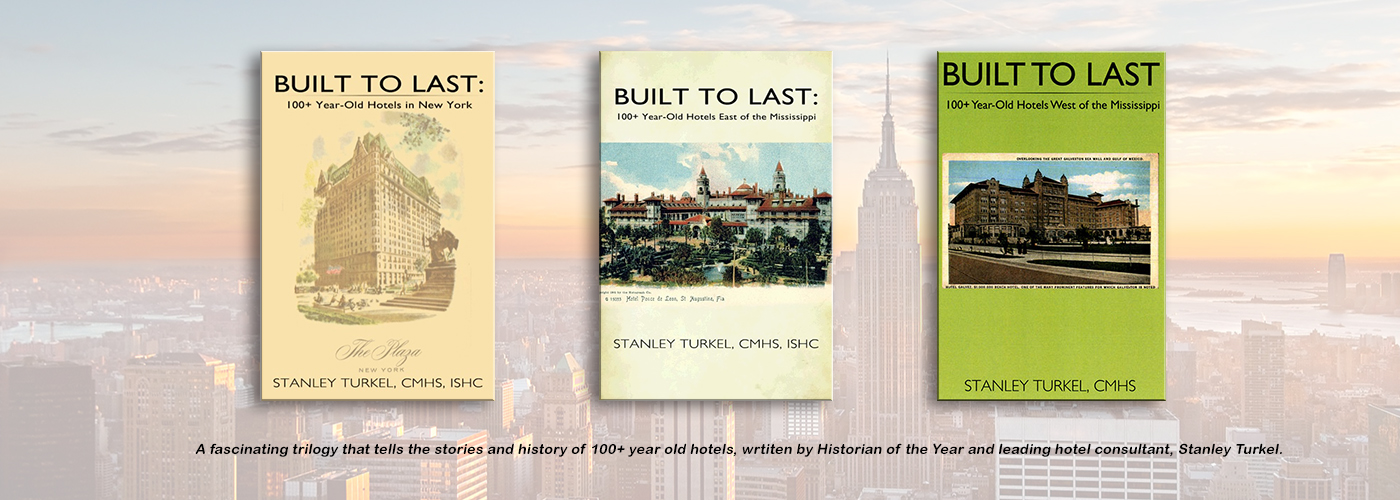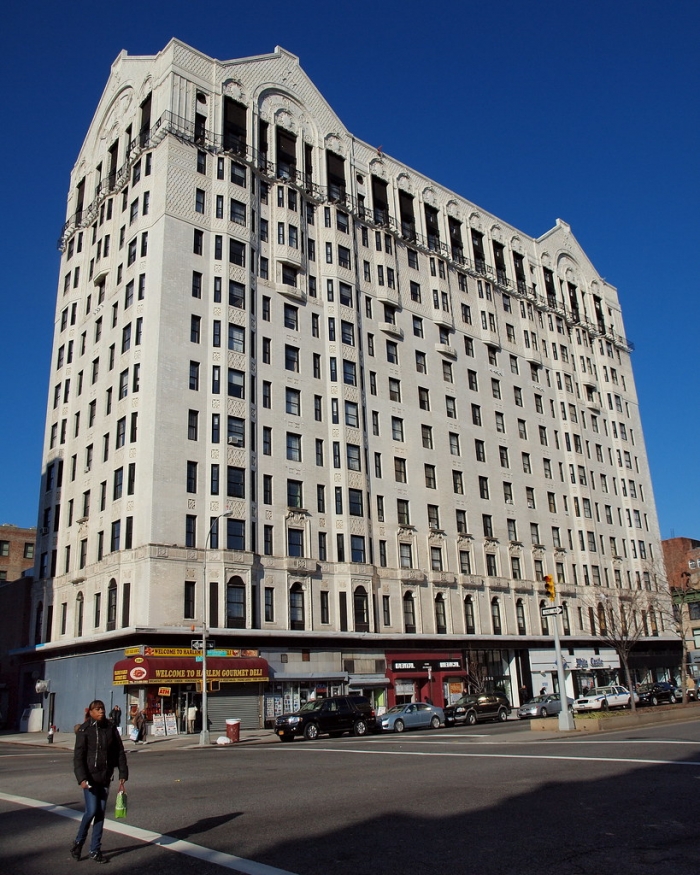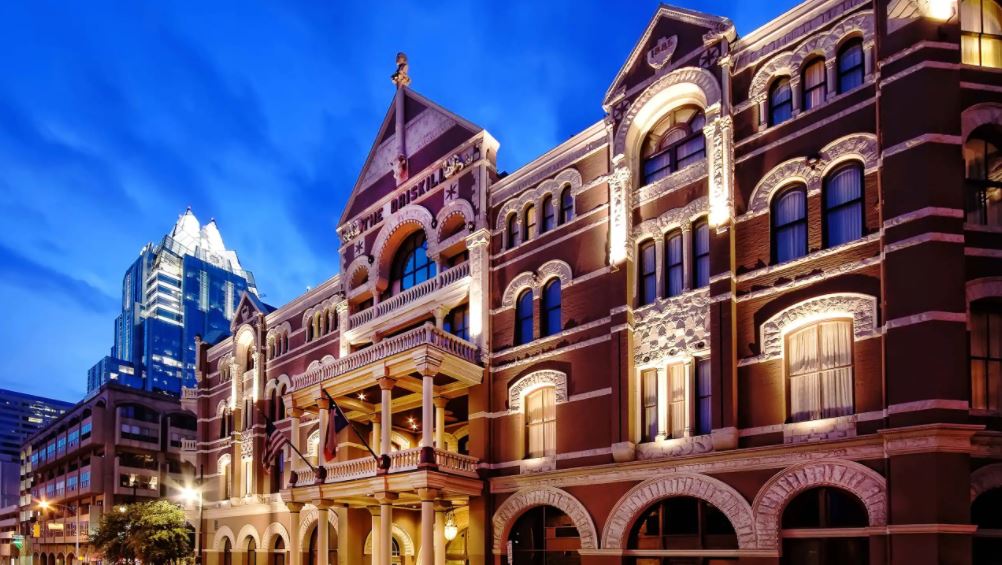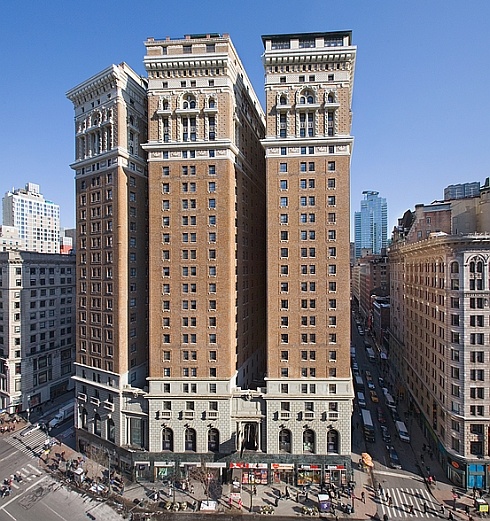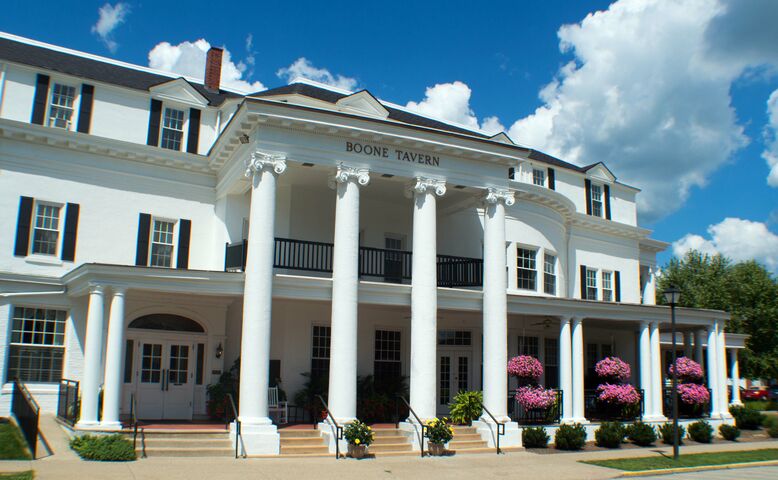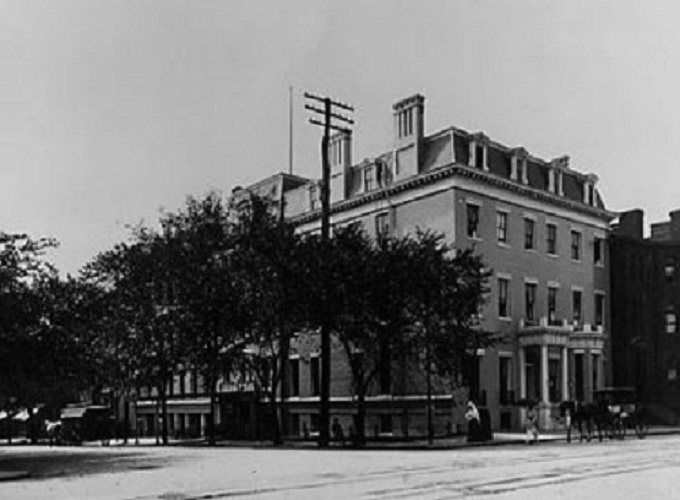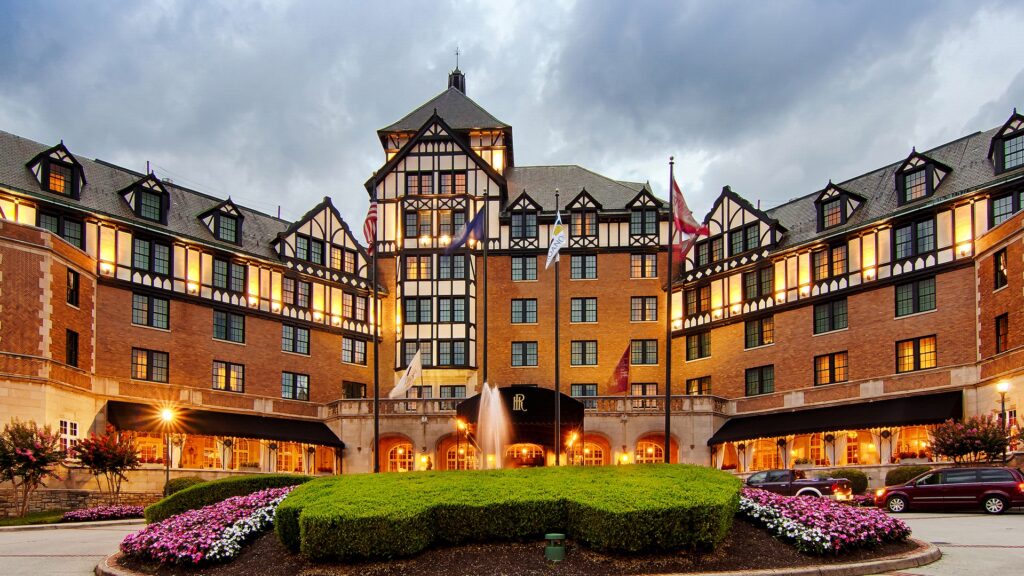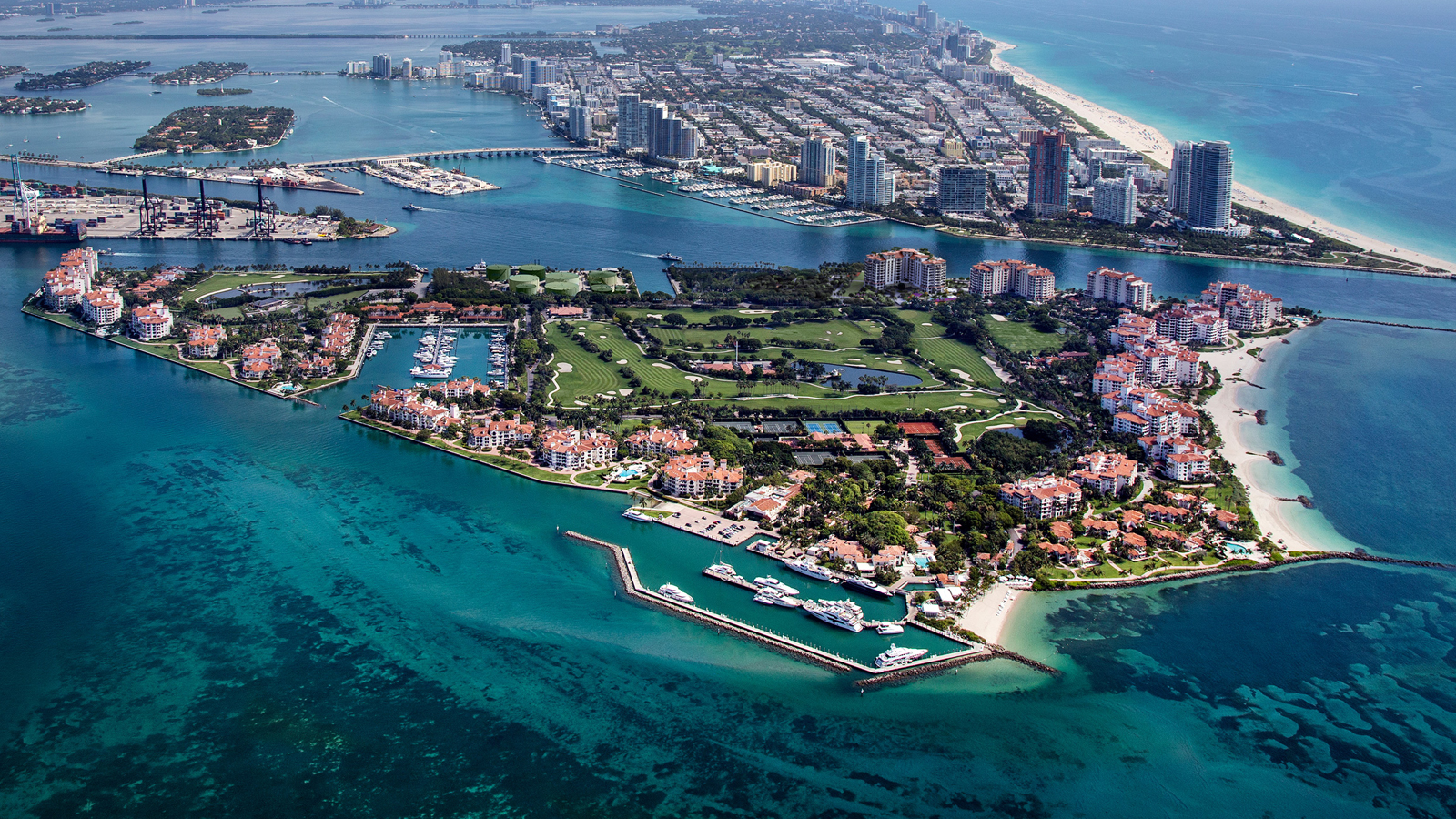Nobody Asked Me, But… No. 250: Hotel History: Mohonk Mountain House, New Paltz, New York
Stanley Turkel | June 22, 2021
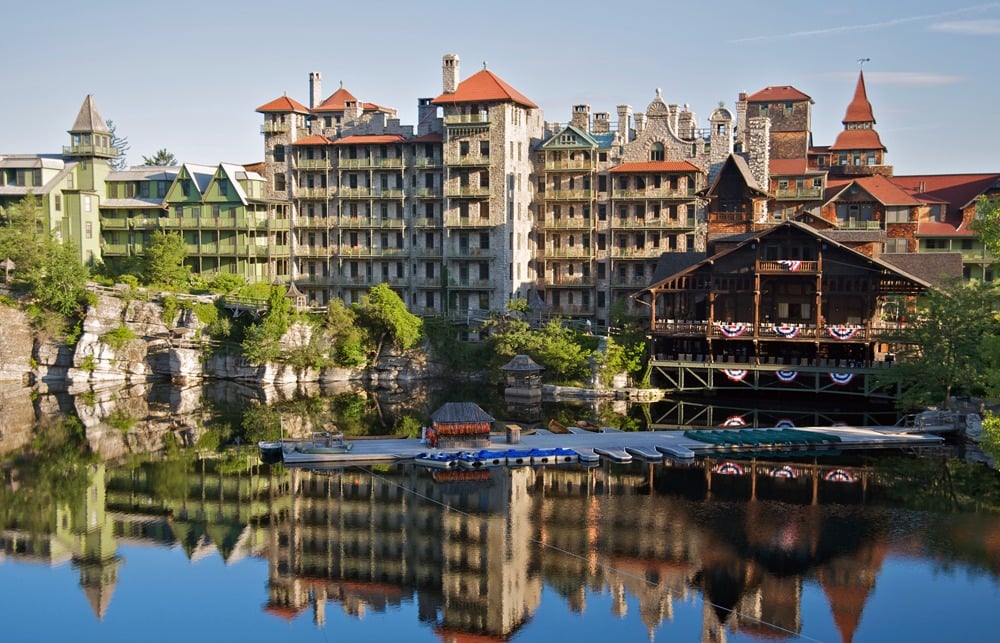
In 1869, Albert Smiley, a nature-loving Quaker schoolteacher, bought a property at a good price; 300 acres surrounding a lake and a tavern in a spectacular natural setting in the heart of a 26,000-acre area in the Shawangunk Mountains, New York. Alfred and Albert Smiley, devout Quaker twin brothers, created the resort in 1869 when they bought Mohonk Lake from John F. Stokes. As the Smileys expanded the hotel, they operated in accordance with their Quaker beliefs: no alcohol, dancing, smoking or card playing. The hotel offered concerts, prayer sessions, lectures as well as swimming, hiking and boating.
Under the continuous ownership and management of Smiley family members for 144 years, the Mohonk Mountain House has 267 guestrooms, three spacious dining rooms, 138 working fireplaces, 238 balconies, a spa and fitness center and a beautiful indoor heated swimming pool. The resort features golf, tennis, horseback riding, boating, flowering gardens, a greenhouse, 125 rustic gazebos, a museum, the Sky Top Tower observation point, and an outdoor ice-skating rink.
The year-round resort accommodates individual vacationers and conferences with a full American plan wherein overnight rates include breakfast, lunch, dinner and afternoon tea and cookies. In summer, an outdoor lunch buffet is available at the Granary located on a scenic cliff overlooking Lake Mohonk.
Resort guests may ride horses, go boating on the lake, play tennis, croquet, and shuffleboard, tour a historic barn and greenhouse, take carriage rides, swim or fish in the lake, receive spa treatments, visit the fitness center, play golf, listen to concerts and lectures, hike mountain trails, stroll through formal gardens and a maze, ride bikes, or go rock climbing. Winter activities include snowshoeing, cross-country skiing, and ice-skating. The resort is open year-round.
The Mohonk Mountain House has hosted many famous visitors over the years, such as John D. Rockefeller, naturalist John Burroughs, Andrew Carnegie, and American presidents Theodore Roosevelt, William Howard Taft, Rutherford B. Hayes, and Chester A. Arthur. Guests have also included former First Lady Julia Grant, novelist Thomas Mann and religious leaders such as Rabbi Louis Finkelstein, Reverend Ralph W. Sockman and Reverend Francis Edward Clark.
From 1883 to 1916, annual conferences took place at Mohonk Mountain House, sponsored by Albert Smiley, to improve the living standards of native American Indian populations. These meetings brought together government representatives of the Bureau of Indian Affairs and the House and Senate committees on Indian Affairs, as well as educators, philanthropists, and Indian leaders to discuss the formulation of policy. The 22,000 records from the 34 conference reports are now at the library of Haverford College for researchers and students of American history.
The hotel also hosted the Lake Mohonk Conference on International Arbitration between 1895 and 1916, which was instrumental in creating the Permanent Court of Arbitration in The Hague, Netherlands. Those conference papers were donated by the Smiley Family to Swarthmore College for future research.
The main hotel structure was designated a National Historic Landmark in 1986. The designation was unique because it included not only the Mountain House but also 83 other Mohonk buildings of historic significance and surrounding 7,800 acres of developed and undeveloped land. A member of Historic Hotels of America since 1991, Mohonk received an award from the United Nations Environmental Programme recognizing 130 years of environmental stewardship.
My Newest Book “Great American Hotel Architects Volume 2” was published in 2020.
All of my following books can be ordered from AuthorHouse by visiting www.stanleyturkel.com and clicking on the book’s title.
- Great American Hoteliers: Pioneers of the Hotel Industry (2009)
- Built To Last: 100+ Year-Old Hotels in New York (2011)
- Built To Last: 100+ Year-Old Hotels East of the Mississippi (2013)
- Hotel Mavens: Lucius M. Boomer, George C. Boldt, Oscar of the Waldorf (2014)
- Great American Hoteliers Volume 2: Pioneers of the Hotel Industry (2016)
- Built To Last: 100+ Year-Old Hotels West of the Mississippi (2017)
- Hotel Mavens Volume 2: Henry Morrison Flagler, Henry Bradley Plant, Carl Graham Fisher (2018)
- Great American Hotel Architects Volume I (2019)
- Hotel Mavens: Volume 3: Bob and Larry Tisch, Ralph Hitz, Cesar Ritz, Curt Strand (2020)
If You Need an Expert Witness:
For the past twenty-seven years, I have served as an expert witness in more than 42 hotel-related cases. My extensive hotel operating experience is beneficial in cases involving:
- slip and fall accidents
- wrongful deaths
- fire and carbon monoxide injuries
- hotel security issues
- dram shop requirements
- hurricane damage and/or business interruption cases
Feel free to call me at no charge on 917-628-8549 to discuss any hotel-related expert witness assignment.![]() 79
79
ABOUT STANLEY TURKEL

Stanley Turkel was designated as the 2020 Historian of the Year by Historic Hotels of America, the official program of the National Trust for Historic Preservation. He had previously been so designated in 2015 and 2014.
This award is presented to an individual for making a unique contribution in the research and presentation of historic hotels and whose work has encouraged a wide discussion of greater understanding and enthusiasm for American History.
Turkel is the most widely published hotel consultant in the United States. He operates his hotel consulting practice serving as an expert witness in hotel-related cases, provides asset management and hotel franchising consultation. He is certified as a Master Hotel Supplier Emeritus by the Educational Institute of the American Hotel and Lodging Association.
Categories
- Industry Happenings (25,780)
- Latest news (6,911)
- Technology (5,094)
- Operations (3,834)
- All Things Independent (3,730)
- Market Reports (1,833)
- Development (1,598)
- Finance (1,210)
- Smart Strategies (1,166)
- Appointments/People on the Move (1,132)
hotelonlinenewsInstagram post 18072439732009889Instagram post 18037678936156831Instagram post 17870090452391124Instagram post 17976176743256949Instagram post 17993811919233333Follow on Instagram
Tags
hotel historymohonk mountain housenobody asked mestan turkelstanley turkel
RELATED NEWS:
Nobody Asked Me, But… No. 249: Hotel History: Ocean House at Watch HillNobody Asked Me, But… No. 248: Hotel Theresa, New York, N.Y. (1913)Nobody Asked Me, But… No. 247: Hotel History: Driskill Hotel, Austin, TexasNobody Asked Me, But… No. 246: Hotel History: Hotel McAlpin, New York, N.Y. (1912)Nobody Asked Me, But… No. 245: Boone Tavern Hotel, Berea, Kentucky (1855)Nobody Asked Me, But… No. 244: Hotel History: Wormley HotelNobody Asked Me, But… No. 243: Hotel History: Hotel Roanoke, VirginiaNobody Asked Me, But… No. 242: Hotel History: Fisher Island, Miami, FloridaStanley Turkel Named the Recipient of the 2020 Historic Hotels of America Historian of the Year AwardNobody Asked Me, But… No. 241: Hotel History: Menger HotelNobody Asked Me, But… No. 240 Fairmont Le Chateau Frontenac, Quebec City, Canada (1893)Nobody Asked Me, But… No. 239: Hotel History: The Algonquin Hotel, NY (1902)Nobody Asked Me, But… No. 238: Hotel History: The Fairmont Hotel in San FranciscoNobody Asked Me, But… No. 237: Hotel History: Hotel Allegro, Chicago, IllinoisNobody Asked Me, But… No. 236: Hotel History: The Hermitage HotelNobody Asked Me, But… No. 235: Hotel History: Cavallo Point, The Lodge at the Golden Gate (1901)Nobody Asked Me, But… No. 234: Curt R. Strand, President, Hilton InternationalNobody Asked Me, But… No. 233: Hotel History: The Adolphus HotelNobody Asked Me, But… No. 232: Hotel History: Union Station HotelNobody Asked Me But… No. 231: Brown Palace Hotel, Denver, Colorado




